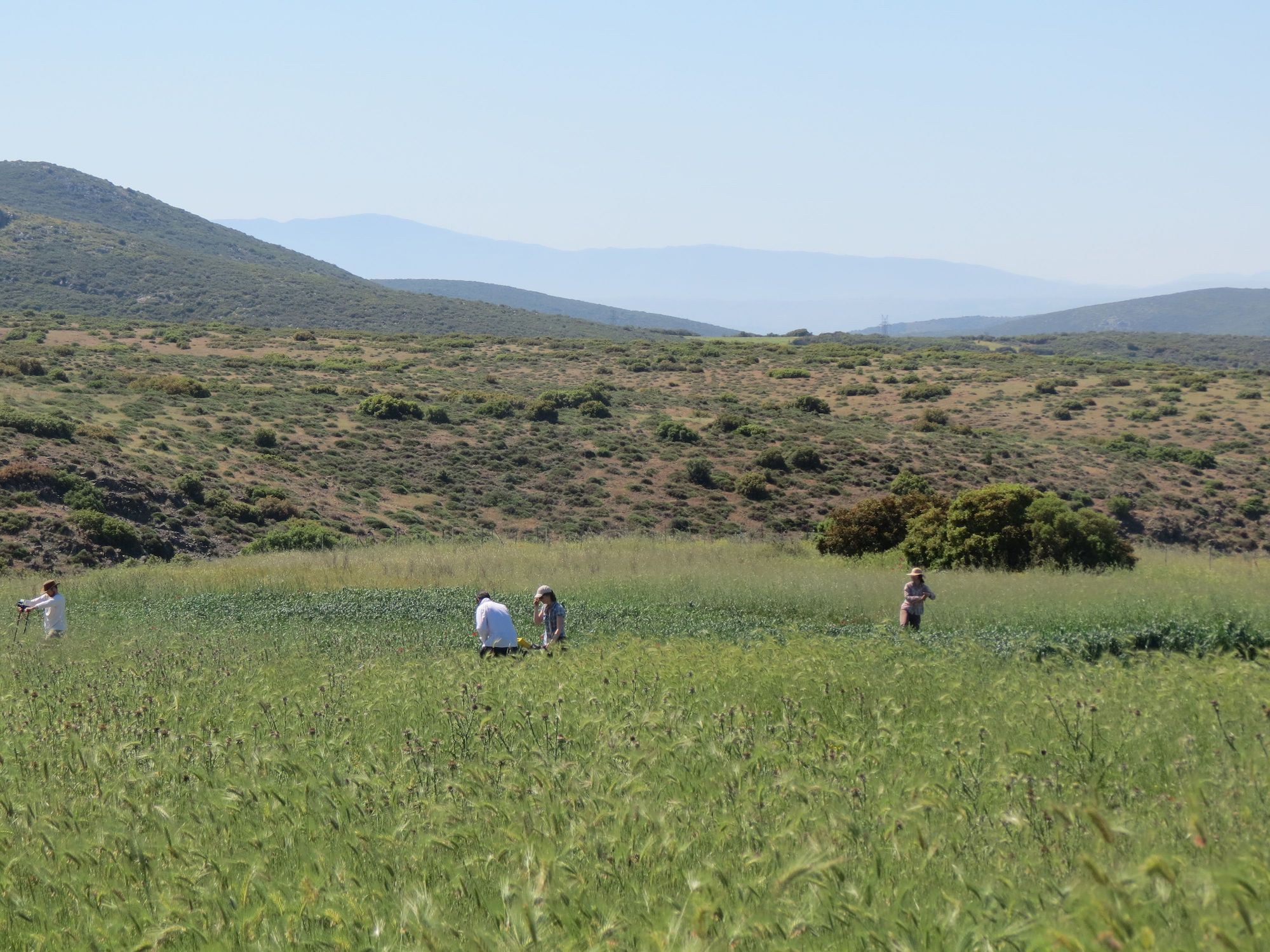2. Work in Progress: Anchoring Roman rule: Rome-oriented festivals in the Greek world
DOI:
https://doi.org/10.17879/tjo-2022-4574Abstract
Anchoring Roman rule: Rome-oriented festivals in the Greek world (supervisors Prof. Dr. Onno van Nijf and Dr. Christina Williamson). Date range: April 2019 – March 2024.

Published
2022-12-19
How to Cite
Vliet, R. van. (2022). 2. Work in Progress: Anchoring Roman rule: Rome-oriented festivals in the Greek world. Teiresias Journal Online, 1(2). https://doi.org/10.17879/tjo-2022-4574
Issue
Section
2. Work in Progress
License
Copyright (c) 2022 Marian Helm

This work is licensed under a Creative Commons Attribution-NonCommercial 4.0 International License.

